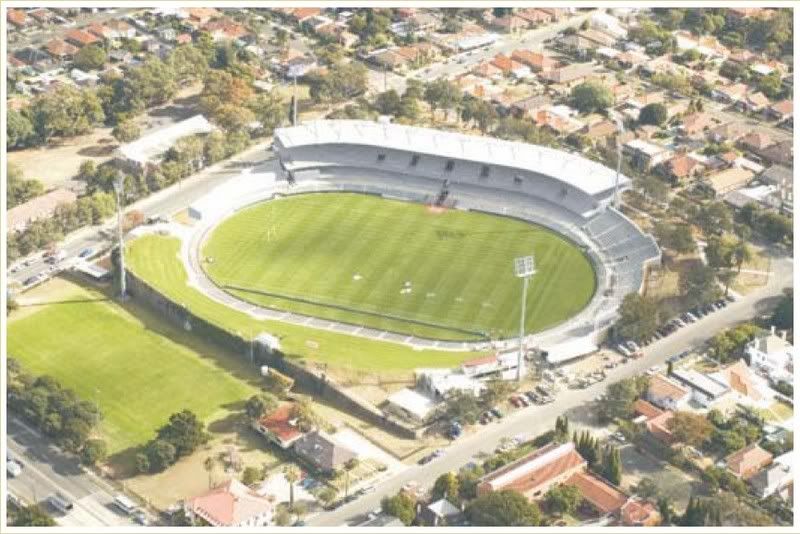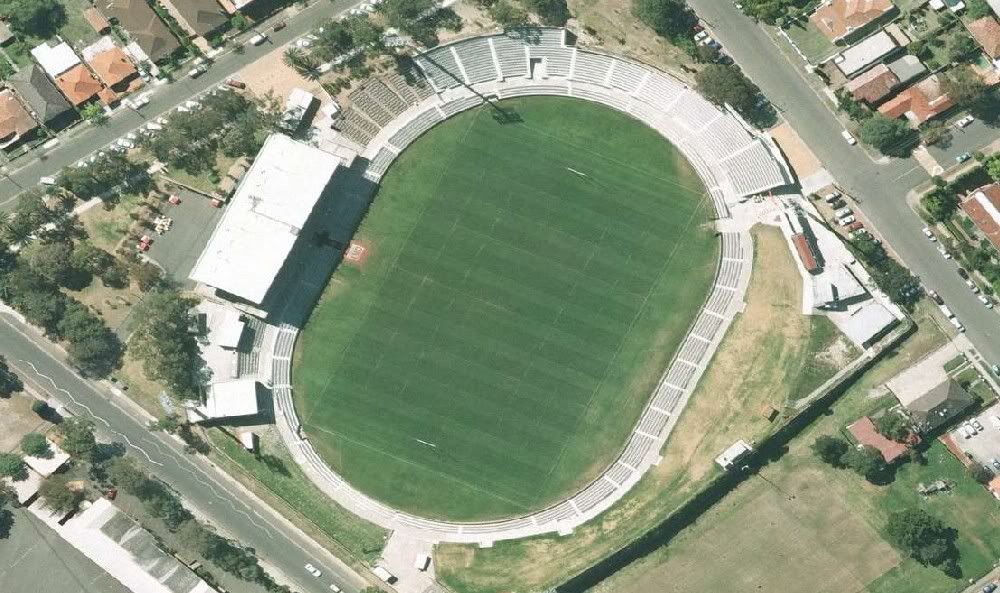mattyg said:
if i had it my way, i'd organise the draw based on who'd draw more...the top 8 is usually very different from year to year, so i dont think the pooling system the NRL currently uses is of much use. I'd have the Dogs play Tigers/Souths/Dragons twice (we play each of them once this year, and in the past 2 years 30k + has been drawn for each team against us). I don't think this matters too much for Brisbane/Cowboys/Knights/Warriors/Storm, its mainly the Sydney teams where the NRL could probably organise the comp a bit better.
I've posted this before but probably not explained it very well. It is perfectly possible to construct a draw based on pools derived from the previous year's ladder while still favouring derby clashes and other high interest combinations. The structure I would suggest is as follows...
* 2 pools of 8 teams with every team playing every other side once (15 games) and the 7 sides in its own pool a second time (22 games)
* Each pool of 8 consists of two teams from the previous year's top 4 (1-4), two from the second 4 (5-8), two from the third four (9-12), and two from the bottom four (13-16)
The key to the flexibility of this system is the second point. Instead of a fixed allocation of clubs to the respective pools (eg. if you finish 1st you must be in pool A), this system allows a huge number of pool combinations (1296) while still maintaining an even spread of top, middle and bottom sides in each pool.
The flexibility to choose *any* two sides from each quarter of the previous year's ladder allows certain match ups to be guaranteed to occur twice in a season and other combinations of three or four teams to be favoured to occur twice. For example if both the Broncos and Cowboys finish in the top four and the Titans finish in the bottom 4, then all three could be placed in the same pool thus ensuring that there are six Queensland derby matches for that season (unlike this year where the Titans and Cowboys only play once).
Combinations that could be favoured...
* Broncos, Cowboys, Titans - Queensland Derby
* Souths, Easts, Wests - Inner City
* Saints, Cronulla - Southern Sydney
* Penrith, Parramatta - West Sydney
* Bulldogs, Saints, Parra - Mid West / 1980s Derby
* Bulldogs, Wests, Souths - Telstra Stadium Tennants
* Manly, Newcastle - North Shore / Central Coast
* Canberra, Melbourne - Southern NSW / Victoria
* Melbourne, Auckland - Kiwi expat
* Broncos, Melbourne - Grand Final 2006 rematch
and any other appropriate grudge games that develop from time to time. Of course with the nature of the draw dictating an even spread of top middle and bottom sides, it is inevitable that in some year's certain combinations will not be able to be accommodated. But that does not prevent the NRL from making maximum use of the derby, traditional and grudge matches that can be accommodated in each season.
Taking last year's ladder...
1. Storm (Pool B)
2. Bulldogs (Pool A)
3. Broncos (Pool A)
4. Knights (Pool B)
5. Sea Eagles (Pool B)
6. Dragons (Pool A)
7. Raiders (Pool B)
8. Eels (Pool A)
9. Cowboys (Pool A)
10. Warriors (Pool B)
11. Tigers (Pool A)
12. Panthers (Pool B)
13. Sharks (Pool A)
14. Roosters (Pool B)
15. Rabbits (Pool B)
16. Titans (Pool A)
giving the following pools...
POOL A
Broncos
Bulldogs
Dragons
Eels
Cowboys
Tigers
Sharks
Titans
POOL B
Storm
Knights
Sea Eagles
Raiders
Warriors
Panthers
Rabbits
Roosters
So comparing the above pools and the previously identified combinations with this year's draw we get the following...
* Broncos, Cowboys, Titans - 6 matches vs 5 matches this year
* Souths, Easts, Wests - 4 matches vs 4 matches this year
* Saints, Cronulla - 2 matches vs 2 matches this year
* Penrith, Parramatta - 1 match vs 1 match this year
* Bulldogs, Saints, Parra - 6 matches vs 5 matches this year
* Bulldogs, Wests, Souths - 4 matches vs 3 matches this year
* Manly, Newcastle - 2 matches vs 1 match this year
* Canberra, Melbourne - 2 matches vs 2 matches this year
* Melbourne, Auckland - 2 matches vs 2 matches this year
* Broncos, Melbourne - 1 match vs 2 matches this year
(note: Souths/Wests occurs in two combinations)
So for the cost of losing a second meeting between the Broncos and the Storm we gain 4 extra derby matches - Cowboys/Titans, Bulldogs/Saints, Newcastle/Manly, Wests/Bulldogs. And that's in only 22 rounds. If we extend this draw to 24 rounds (plus bye) then every team has two extra games and those matches can be used to extend the number of derby clashes even further. We can maintain the balance of the draw by ensuring that each team plays one top eight and one bottom eight side in their two extra games. This would allow the Broncos to keep their second meeting with the Storm (and play one other match against a bottom 8 side), the Tigers could play an extra match against either Souths or the Roosters (but not both), Souths could play the Bulldogs a second time, and Parra could play Penrith a second time.
So out of the 36 possible home and away derby, traditional and grudge clashes I've identified (still counting Souths/Wests twice because my head is starting to hurt too much), the current draw accommodates 27 matches in 24 rounds. The flexible pool system would allow 30 out of 36 derbys in 22 rounds, and 34 out of the 36 derbys in 24 rounds. And that's while still maintaining a balanced draw where every team plays an even spread of top, middle and bottom strength sides based on the previous season's ladder. With just a bit of flexibility in developing the draw, the NRL would be able to maximise the high interest clashes while maintaining the draw's integrity.
Leigh.



